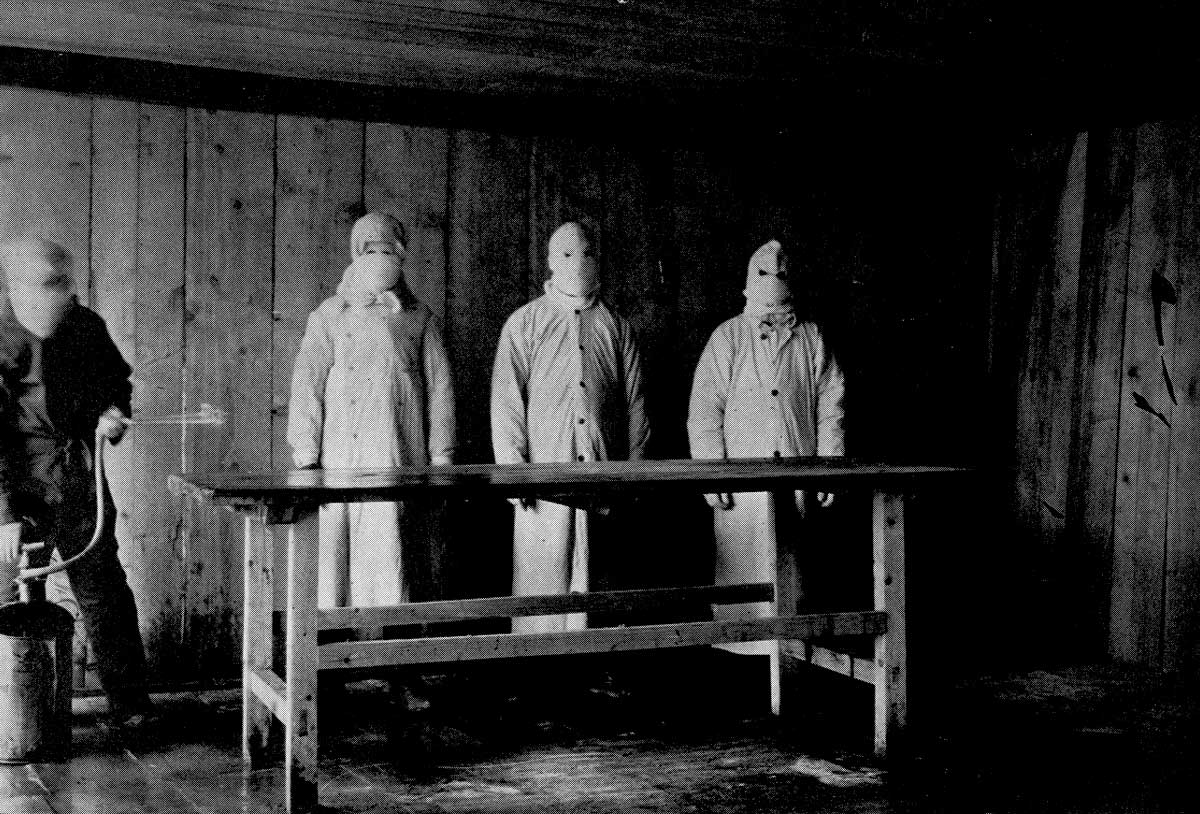Behind the Mask | History Today - 2 minutes read

On 11 March 2020, the World Health Organisation (WHO) declared the Covid-19 outbreak to be a global pandemic. The first reaction of officials in Wuhan, the presumed epicentre of the outbreak, had been to cover it up, but by mid-January, the situation had become so severe that it could no longer be concealed. This was just before Chinese New Year, a time when many people travel to see their families. The Chinese government changed course radically at this point. First Wuhan and later the rest of China were put under lockdown and China’s leadership became involved in tackling the disease. By the end of April, when this article was written, China had reported that its outbreak was under control and life was gradually returning to normal. But the coronavirus had engulfed the rest of the world.
The main challenge in the pandemic is medical: ending the spread and saving as many lives as possible. Another is to mitigate the adverse effects on the economy. But around the world, politicians and publics also fight a battle for interpretation: ‘Whose fault is this?’ and ‘Who is doing the best job of dealing with this crisis?’ While voices in academia had long predicted a pandemic such as this happening in our globalised age, we struggle to place this experience into familiar patterns of understanding reality. Some of these patterns are taken from history. China, seeking to grasp the ungraspable, is drawing on historical themes and vocabularies in order to justify the present and shape the future.
Source: History Today Feed